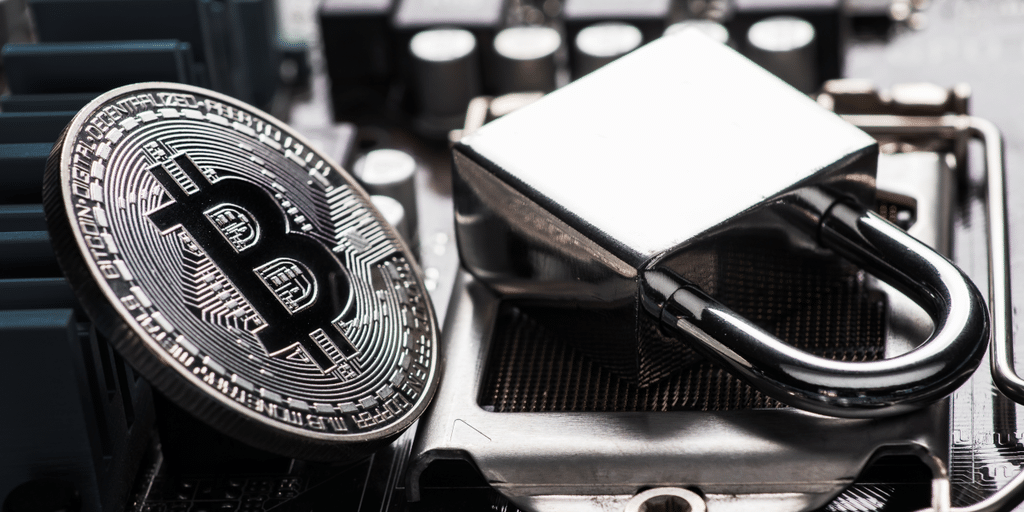In the rapidly evolving world of cryptocurrency, security breaches remain a formidable challenge that underscores the vulnerability of DeFi protocols, threatening their growth and the prospective mainstream adoption of web3 technologies. The recent spate of hacks, culminating in significant financial losses, has spotlighted the critical need for a paradigm shift in how the crypto industry approaches security. This article delves into learning from past security breaches and outlines a path towards rewriting the playbook on preventative measures in crypto security.
Understanding the magnitude of crypto security breaches
The crypto realm has, regrettably, grown accustomed to security breaches. A glance at recent incidents illuminates the stark reality: millions of dollars in digital assets vanish in an instant, exploiting a range of vulnerabilities from flash loan attacks to compromised private keys. These incidents are not just figures but highlight the persistent battle against digital adversaries and the quest for robust security mechanisms. The essence of these breaches isn’t solely the financial loss but the stark reminder of the persistent vulnerabilities that plague the crypto ecosystem.
The June exploit of Velocore’s protocol on the ethereum layer-2 network, Linea, is a case in point. Losing $6.8 million worth of ETH due to a fee overflow bug, despite undergoing multiple third-party audits, encapsulates the crux of the problem: audits alone are insufficient. This incident serves as a potent reminder that current security measures may lull stakeholders into a false sense of safety. Thus, it necessitates a fundamental reassessment of the crypto security strategy.
Learning from hackers
What could possibly be gleaned from those who seek to subvert and exploit? First and foremost, their unorthodox thinking and problem-solving tactics. Rather than a defensive stance focused solely on bolstering internal code, there’s invaluable insight to be garnered from understanding the tactics of attackers. Compromised private keys, for instance, highlight the need for a security outlook that extends beyond one’s immediate digital boundaries.
In an era where decentralized finance is haunted by the specter of hacks, reliance on third-party monitoring and post-breach firefighting measures is evidently insufficient. Knowing the enemy, as Sun Tzu famously articulated, involves more than a superficial awareness. It requires a deep dive into the modus operandi of malicious actors, followed by the implementation of comprehensive strategies equipped to anticipate, counteract, and nullify such threats.
Rewriting the playbook
The consistent failure to thwart these breaches necessitates a reevaluation of the conventional security measures in place. The key to fortifying crypto protocols lies not merely in detection but in prevention. Tools that enable protocols to revert malicious transactions in-real time embody the proactive approach needed in today’s cybersecurity landscape. Such measures promise not just detection but immediate remediation, ensuring that attacks are nullified before they can inflict significant damage.
Enhanced security tooling is paramount in preventing hacks from escalating into monumental financial debacles. The solution lies in adopting comprehensive preventative strategies that address the full spectrum of potential vulnerabilities. By placing an emphasis on educating team members about phishing, suspicious activities, and the latest in attack methodologies, DeFi projects can forge a robust frontline defense against potential security breaches.
Ultimately, the path to a more secure DeFi ecosystem is multifaceted, involving a proactive mindset, comprehensive education on security threats, and the adoption of cutting-edge technological solutions that preempt attacks. The journey towards securing the future of decentralized finance is a collective one, necessitating collaboration, innovation, and relentless vigilance against the ever-evolving threat landscape. Security in the crypto domain must evolve beyond reactive measures, aspiring instead to a future where such breaches are the exception, not the norm.
In this vein, the crypto industry stands at a crossroads, with the challenge of reinforcing its defenses while simultaneously fostering growth and innovation. The imperative to reimagine crypto security measures is clear, underpinned by the necessity to balance vigilance with visionary development. As the crypto sphere continues to evolve, its survival and flourishing hinge on its ability to adapt, ensuring that security is not just reactive, but anticipatory and resilient.
